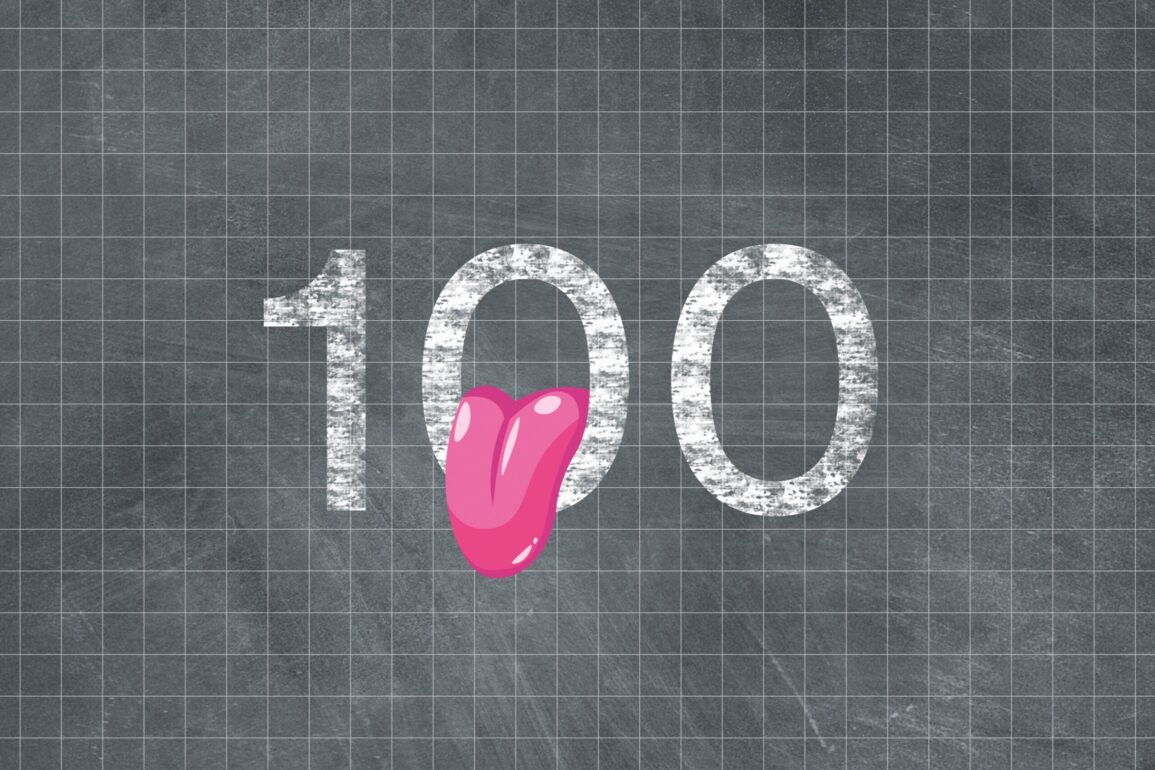It is the 100th anniversary of his Nobel Prize: Albert Einstein was awarded the Nobel Prize in Physics in 1921.
With E = mc2, he wrote what might be the world’s best-known formula. With the theory of relativity, he revolutionised the meaning of time and space and articulated a theory that everyone has heard of, though very few people understand. But Albert Einstein didn’t win the Nobel Prize for the theory of relativity. Instead, he received it in 1921 ‘for his services to theoretical physics, and especially for his discovery of the law of the photoelectric effect’. He wrote this paper in 1905, a year in which he wrote five groundbreaking papers, including the one on special relativity. ETH’s online biography of Einstein says that 1905 was an annus mirabilis for him. One striking fact about this achievement is that he wrote these papers in his spare time: his day job was at the Swiss Patent Office in Bern.
An uneven career path
The reason that Einstein was not conducting his research at a university at that time was due to his performance as a student at the Polytechnikum in Zurich (as ETH Zurich was known then). He hardly attended any of his ‘Physics practical course for beginners’ lectures and received a ‘fail’ mark. He did manage to graduate with a diploma, but he was the only one of the five graduates who didn’t secure an assistantship. His papers in 1905 helped him to turn back towards a university career path. After positions at the University of Zurich and the University of Prague, he finally found his way back to ETH – though not for long. He only stayed for one and a half years, though he did formulate the first draft of the general theory of relativity during this time. He then moved to Berlin and the Prussian Academy of Sciences. After the Nazis rose to power in 1933, he emigrated to the US and took on a position at Princeton University in New Jersey, where he stayed for the rest of his career.
Today, Albert Einstein is synonymous with genius. Wikipedia calls him one of the greatest physicists of all time, and ETH acknowledges him as its most famous alumnus. There is a cafeteria at ETH called Einstein & Zweistein, and various original documents in the possession of ETH Zurich – and viewable online – testify to his achievements while in Zurich. There will be another highlight at the end of September: a very special kind of meet and greet. Albert Einstein – or at least a digital version of him – will be present at ETH’s main building in Zurich and available for conversation. He might then be able to answer your questions about time and space…


